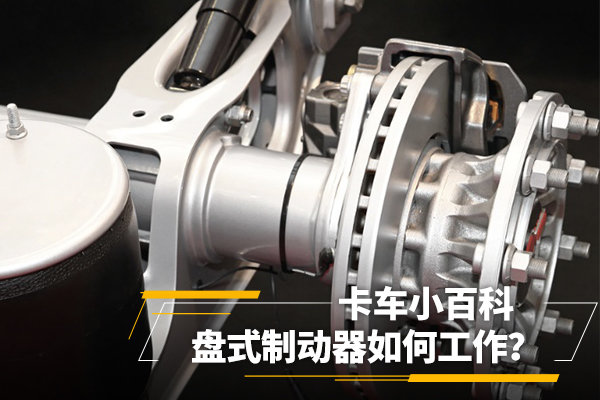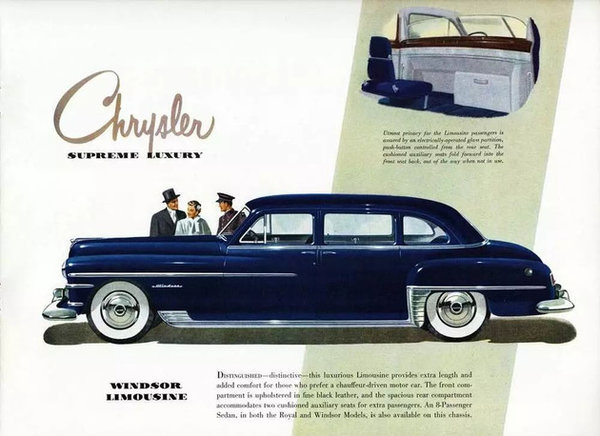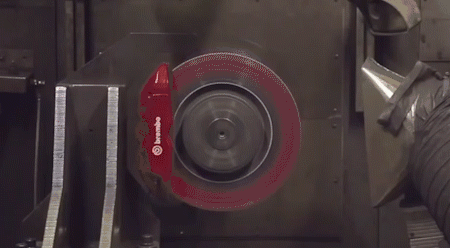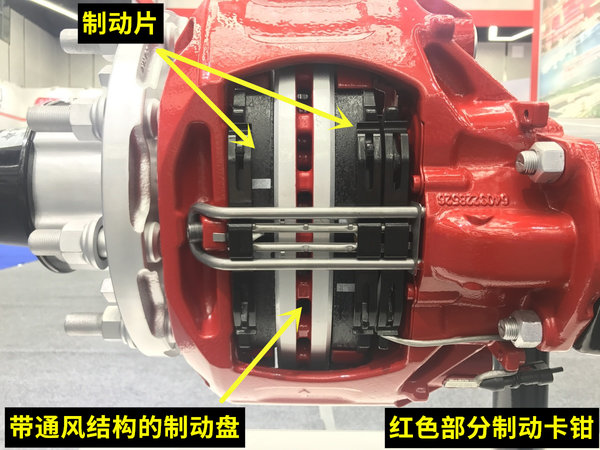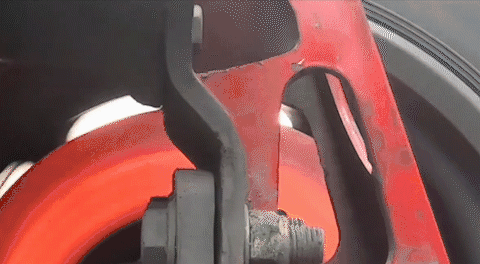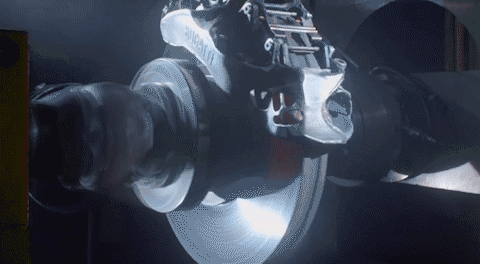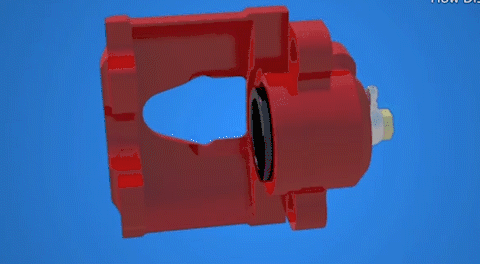13
2025
-
08
Truck Encyclopedia (33): How do disc brakes work?
The piston of the brake cylinder begins to move outward and pushes the brake block to clamp the brake disc after receiving the pressure transmitted by the compressed air circuit, so that the brake disc and the brake disc rub against each other, reduce the wheel speed, and slow down or stop the truck.
The driving brake system on medium and heavy trucks is mostly drum brakes, while disc brakes are less common on medium and heavy trucks for some reasons. But with the implementation of the mandatory standard of GB7258, more and more trucks are also installing upper disc brakes.
How do disc brakes work? Today's truck encyclopedia will talk about it.
▎Disc brakes have been around for more than 100 years
The earliest disc brake was invented and designed in 1902 by British engineer Frederick William Lanchester. However, at that time, the manufacturing level was limited, the quality of disc brakes was not good, and the equipment was shown to be fast wear, and the service life was difficult to meet normal use, so it could not be widely used.
After World War II, Chrysler's Crown Imperial model became the first production model to be equipped with four-wheel disc brakes, but the disc brakes equipped with this car at the time were very different from the disc brake structure that is now common.
The Chrysler Crown Imperial uses dual disc brakes. When braking is required, the two discs are pressed down, relying on friction to generate braking force.
It wasn't until 1953 that Dunlop designed the caliper disc brake, which was the prototype of the disc brake we use today.
▎Working principle of disc brakes
Disc brakes are braking devices that use a stationary brake skin to clamp the brake discs that rotate with the wheels to generate friction and reduce the rotation speed of the wheels.
Unlike the hydraulic braking of small cars, medium and heavy trucks mostly use compressed air as the brake pressure transmission medium. When the brake pedal is depressed, pressure is built up in the brake airway.
The pressure is transmitted to the brake cylinder on the brake caliper by the compressed air, and the piston of the brake cylinder begins to move outward and pushes the brake block to clamp the brake disc after receiving the pressure transmitted by the compressed air circuit, causing friction between the brake disc and the brake disc, reducing the wheel speed, and slowing down or stopping the truck.
▎Several forms of disc brakes
Disc brakes can be divided into fixed caliper brakes and floating caliper brakes according to the fixed form of brake calipers. Most of the trucks are floating caliper brakes.
The fixed caliper brake and floating caliper brake are actually very easy to understand. The fixed caliper brake, that is, the brake caliper is fixed and dead, this caliper adopts a multi-piston structure, the pistons are arranged in opposition, only the brake pads move when braking, and the caliper itself does not displace.
The floating caliper brake is active, the piston is located on one side of the brake caliper, and when braking, the brake caliper itself will generate some displacement to tighten the brake disc.
● Editor's postscript
From its invention in 1902 to the present, the road to popularization of disc brakes has been a long one. Although it is not recognized and accepted by most card friends, drum brakes and disc brakes have more advantages and higher performance.
With the maturity of technology and the improvement of truck performance, the loading volume of disc brakes in trucks will gradually increase.
Previous Page



